Rat Identification & Control

About Rats
Rats are widespread pests that infest buildings, damage property, contaminate food, and spread disease. They have evolved to live in close association with humans, allowing them to thrive in urban environments rife with discarded food, overflowing garbage bags, restaurant waste, and places to shelter.
According to our analysis, there are currently as many as 3 million rats in New York City. The most common species is the Norway rat, also known as the “brown rat” or “sewer rat.”
Appearance
At a glance, rats are medium-sized rodents with pointed snouts and chisel-shaped incisors. One of their most distinctive features is a thick, hairless tail that can be almost as long as their bodies. Norway rats, in particular, have stout bodies with course, brown or gray fur.
Behavior
Rats are nocturnal creatures that go out at night to forage. Despite their poor vision, they easily navigate in darkness with their heightened senses of smell, hearing, and touch.
As omnivores, they will eat just about any edible food they can find—grains, fruits, vegetables, meats, insects, and even other dead rats. New York City’s rats in particular love scavenging through trash for food scraps and leftovers.
Rats are also highly intelligent. They’re wary of unknown objects, which makes them difficult to trap. And if they see other rats get sick from eating something, such as poisoned baits, they’ll learn to avoid it.
Risks
Infestations are a serious concern in terms of both property damage and public health. Rats can gnaw through almost anything, including wood, plastic, drywall, pipes, and electrical wiring. In addition, they are known to contaminate food and transmit a variety of diseases, such as hantavirus, leptospirosis, and salmonellosis.
Identification
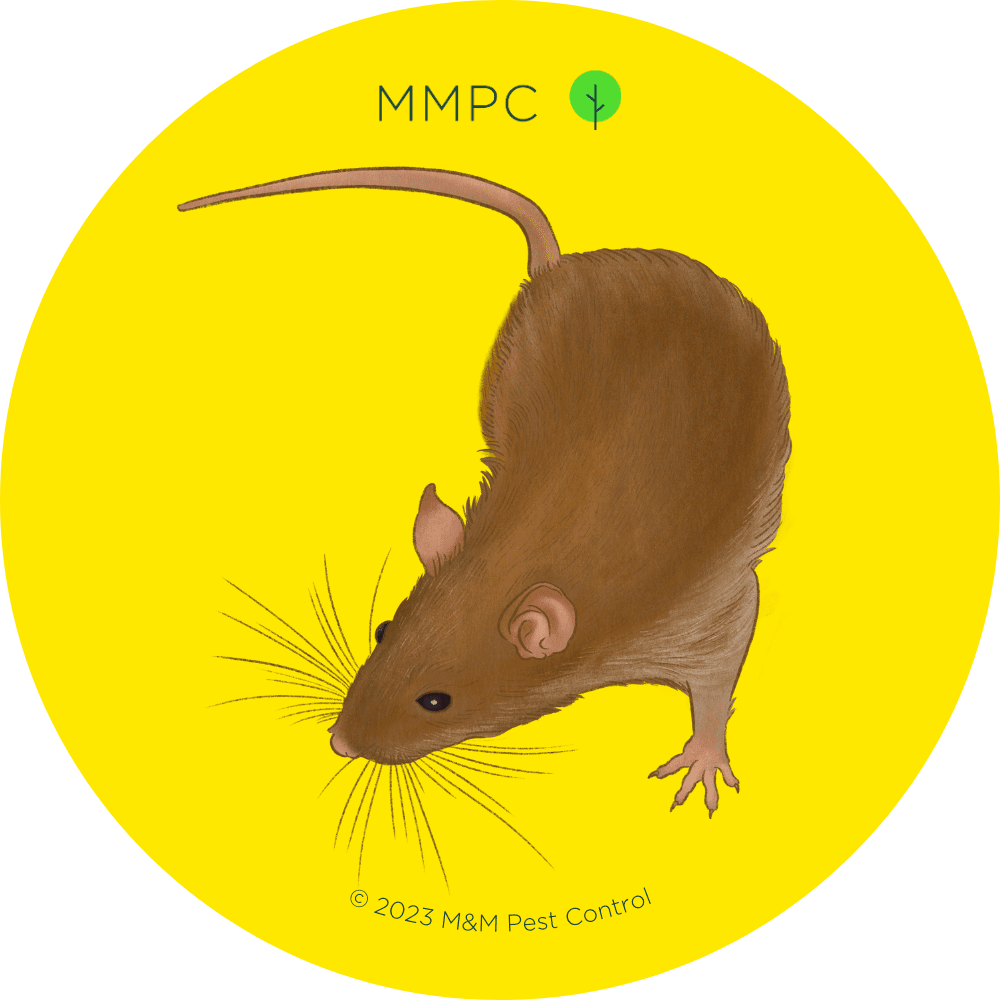
Norway Rat
Norway rats (Rattus norvegicus) are a relatively large species that can weigh up to 11 ounces. They live in large groups and dig extensive underground burrows, usually in close proximity to buildings and structures.
Under suitable conditions, they breed year round and a single female can give birth to between 35 to 85 offspring annually.

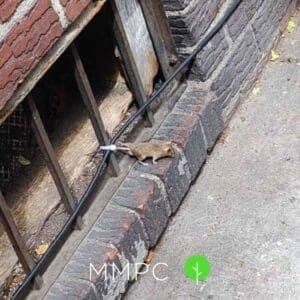

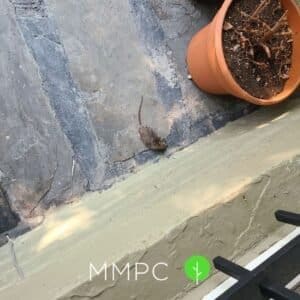
Size: 6″ – 11″ (15 – 28 cm) from nose to base of tail
Color: Brown or dark gray
Identifying Features:
- Dense, brown fur covering most of the body except for the nose, palms, lips, and soles
- Small, pink ears
- Long, chisel-shaped front teeth (incisors)
- A thick, scaly tail measuring 4″ – 9″ (10 – 24 cm)
Control

How to Get Rid of Rats
Most conditions that allow rats to thrive are closely tied to sanitation issues. Therefore, improving sanitation is often the key to resolving most infestations. As exterminators, we can help reduce or eliminate existing rat populations, but unless these conditions are fixed, rats will inevitably return.
Here are some steps you can take to help keep your home or property free from rats.
Indoors
- Reduce clutter.
- Store food in clear, resealable containers.
- Regularly clean areas where food is stored or consumed.
- Properly dispose of kitchen trash and food waste.
- Wipe down garbage containers and recycling bins to eliminate odors.
- Eliminate water sources by fixing leaks and draining standing water.
Outdoors
- Clear out clutter or debris from yards, alleyways, and in front of your building.
- Keep garbage in securely-tied, heavy-duty plastic bags.
- Place garbage bags in hard plastic or metal trash cans with tight-fitting lids.
- Set trash outside only on evenings before scheduled trash collection days.
- Keep gardens free of weeds and trash.
- Keep tall grasses, bushes, and shrubs at least 6 inches away from buildings.

Burrows
Rat burrows are small holes in dirt or soil where rats live and breed. They usually have multiple entry points, which may be concealed by bushes or vegetation. Finding and closing burrows on or near your property can help significantly reduce rat activity.
Read More: How to Find and Remove Rat Burrows
FAQs
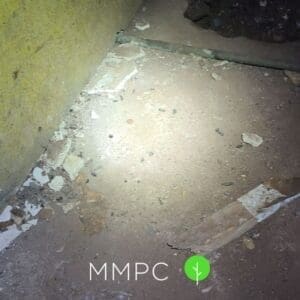
What Are Common Signs of Rats?
Rats don’t often run around in broad daylight, so you won’t see them running around your block unless the infestation has become severe.
When the NYC Health Department inspects for rat activity, here are the usual signs that they look for:
- Active burrows
- Fresh tracks
- Fresh droppings
- Gnaw marks
- Runways (dark, greasy marks along walls and worn down paths in grass)
- Excessive garbage, clutter, or dense vegetation where rats can nest
- Live rats

How Many Rats Are There in NYC?
The population of rats in New York City has always been a topic of interest, especially in the years following the COVID pandemic.
We conducted a statistical analysis on city-wide rat sightings using a method proposed by Jonathan Auerbach in 2014. Based on our findings, there are now as many as 3 million rats in New York City.
Read More: There Are 3 Million Rats in NYC, a 50% Increase Since 2010
Our Services
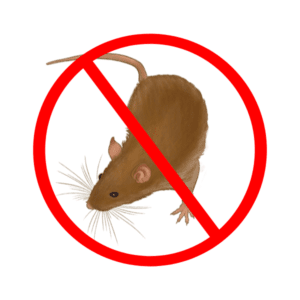

Need help getting rid of rats? Talk to our experts today about rat extermination and exclusion services.
We are available seven days a week to address your pest control needs.


